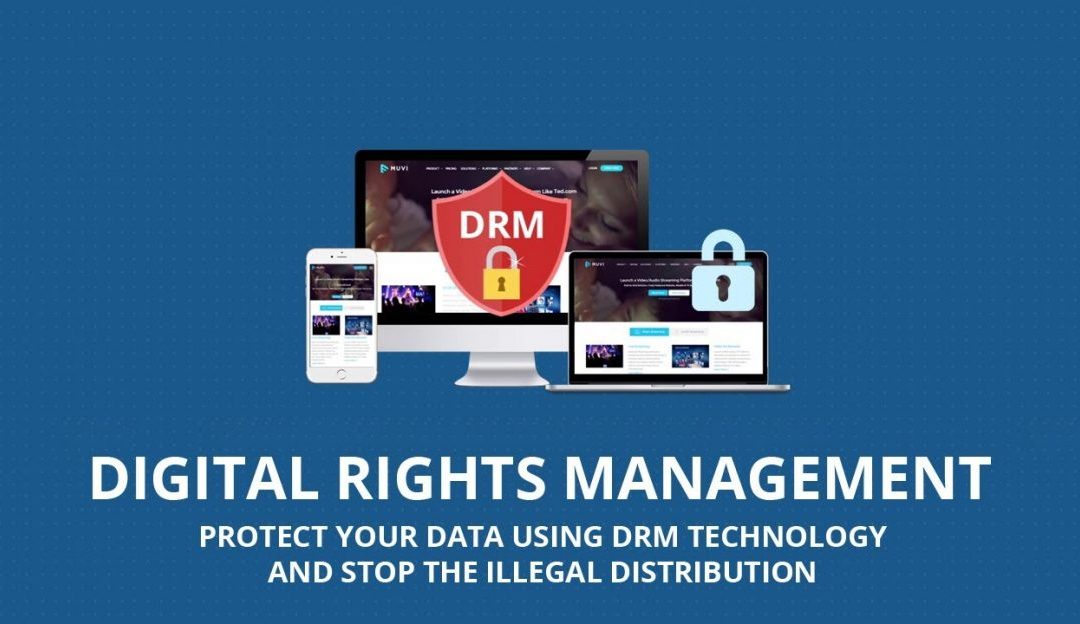Copyright is always an important issue that any individual or business is interested in when exchanging or purchasing. Especially when the digital revolution gives users the right to use content in their own way, the control over copyright ownership or the author’s intellectual property is gradually becoming severely distributed.
DRM is the most effective solution that can prevent these problems. Read the article below to help you better understand what DRM is as well as useful information related to this digital content rights management technology.
What is DRM?
DRM (Digital rights management) or digital content rights management is a series of technologies capable of controlling all access to copyrighted material based on encryption to limit actions with signs of copyright infringement on digital content rights. To put it more simply, DRM was born with the purpose of controlling user actions in accessing and using digital content.
- In essence, DRM is an alternative to the inherently inefficient and passive copyright control of digital content owners and uses computer programs to exercise complete control. content set.
- By using DRM, copyright owners can easily control how product buyers (users) use their own products.
A DRM system is considered ideal when it ensures transparency, flexibility for users, and the ability to create complex barriers to prevent unauthorized users from using copyright.

DRM was born with the purpose of controlling user actions in accessing
DRM’s Structure
DRM provides users with a standard means of describing, classifying, and sharing data. These are all reflected in the structure of the DRM as follows:
- Data Description: This will provide a means for you to conduct a uniform description of data so that data discovery and sharing are supported.
- Data context: Through an approach to classifying data by taxon, this department will facilitate users in data exploration.
- Data sharing: Supports access rights (including special requests) and data exchange (including fixed and recurrent transactions between parties), data sharing is enabled by both standardization areas for data description and data context.
A DRM program will operate on three levels including:
- Build a copyright for a piece of content.
- Manage the distribution of copyrighted content.
- Control all consumer behavior and activities for distributed copyrighted content.
To achieve all these three levels of control, a DRM digital content rights management program needs to identify and describe three entities including users, content, usage rights, and relationships. relationship between these three entities in the most efficient way.

DRM uses a standard means of describing, classifying, and sharing data
DRM’s Operation
DRM will basically work by encrypting the file content through a secret key. Users who need to use a file or separate applications to read that file will need to decrypt the file to be able to use it. Specifically, DRM will work according to the following process:
– Encoding (red):
- The user will proceed to pack the file and send a request to the DRM system to receive the key.
- Next, using ekey, the user can proceed to encrypt the file.
- Encrypted will be shared when users have a need to use it.
- In many cases, the Encrypted key is generated by the person who packaged the file and then the key is stored on the DRM.
– Decoding (blue):
- Users will use specialized applications to open files and download encrypted content as soon as they need to use it.
- After having the Encrypted key, the application will continue to request to receive from the DRM Decryption key system.
- As soon as the authentication information is accepted by DRM, this system will send back the dKey so that the application can decrypt the file quickly and meet the user’s needs.


Recent Comments